Grand Seiko Elegance GMT “24 Seasons” Collection
A quartet of Grand Seiko GMT models inspired by the colours of the changing seasons in Japan.
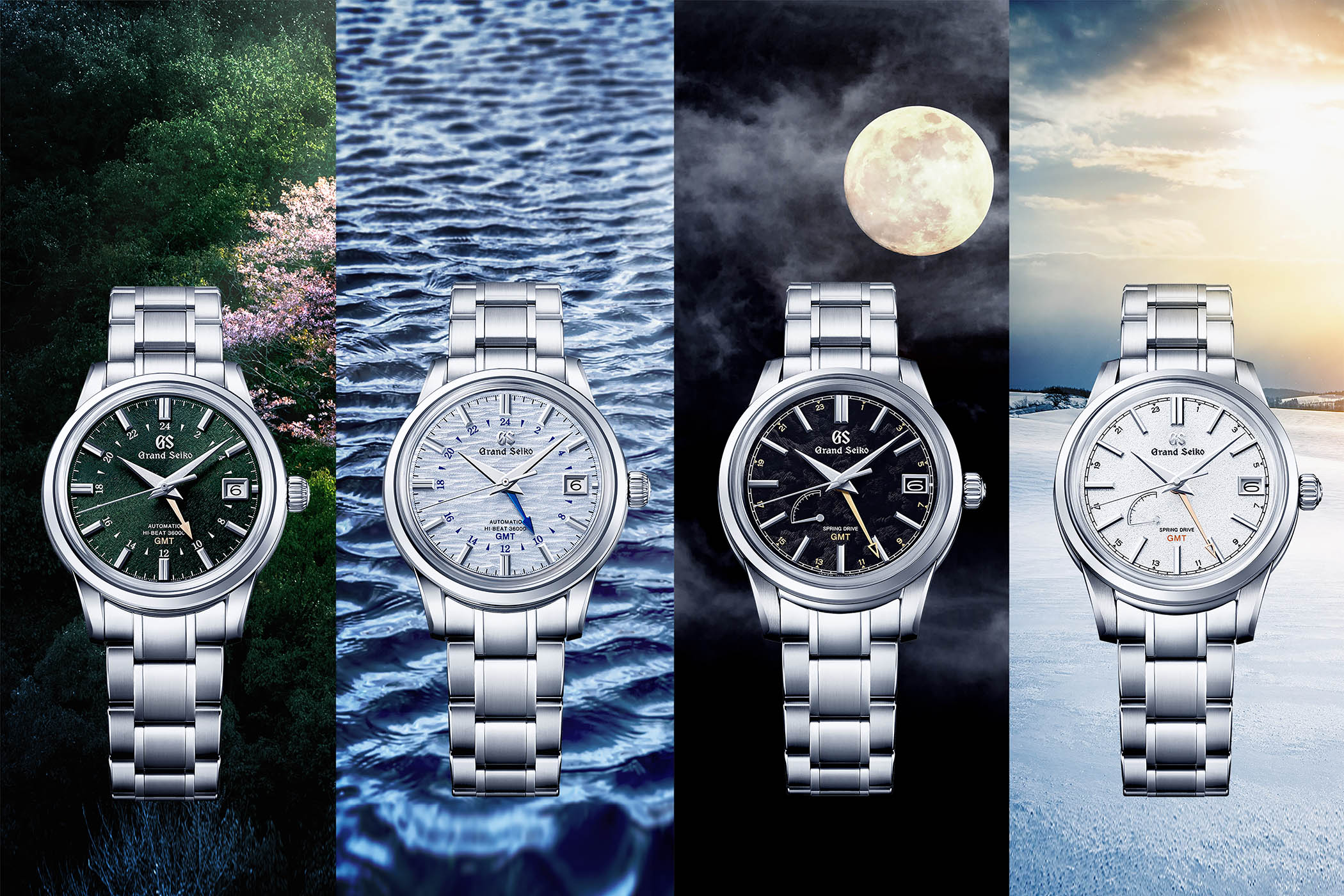
It’s going to be a big year at Seiko as the company celebrates the 140th anniversary of its founding by Kintaro Hattori. Although the higher-end Grand Seiko brand appeared in 1960, the anniversary will be celebrated across the board with a flurry of releases from both Seiko and Grand Seiko. The dials of this particular quartet of Grand Seiko GMT models are inspired by the colours of the changing seasons in Japan. Two classic Grand Seiko movements, the Hi-Beat and Spring Drive, power the watches known as reference SBGJ251G, SBGJ249G, SBGE271G and SBGE269G.
Inspired by Nature
Nature is a cornerstone of Japanese culture, revered and feared with equal measure. It is also a predominant theme at Grand Seiko and the setting of the Japanese brand’s manufactures is intentionally studied to inspire the takumi (artisans). All Grand Seiko mechanical watches (not including Spring Drive calibres, these are made at the Shinshu Studio) are manufactured in the town of Shizukuishi in the Iwate prefecture, home to the imposing 2,038m Mount Iwate. Many watches issuing from the new Shizukuishi Studio designed by architect Kengo Kuma and inaugurated in July 2020, reflect the beautiful scenery and pristine wilderness of Iwate. Just recently we’ve seen the Hi-Beat 9SA5 Shirakaba with its dial inspired by white birch trees and the Grand Seiko 60th Anniversary SBGR321 with a magnificent blue dial that captures the colours of dawn over Mount Iwate.
“SEKKI”
The quartet of watches is inspired by the colours of the changing seasons in Japan. Because of the subtle changes brought about by the changing seasons, Japan divides the four seasons into 24 small seasons or sekki, a useful division in the past to let farmers know when to plant and when to sow different crops. The four sekki represented on the watches are Shunbun (Spring), Shōsho (Summer), Kanro (Autumn) and Tōji (Winter) and the 24 small seasons are represented by the 24-hour GMT track. The Shunbun and Shōsho models are equipped with the Hi-Beat 36000 GMT 9S86, while a Spring Drive GMT 9R66 calibre powers the Kanro and Tōji.
The Shunbun SBGJ251G and Shōsho SBGJ249G
The spring equinox (21 March) arrives during the Shunbun sekki prompting the mountain cherry blossoms to bloom. The textured green dial of the Shunbun captures the first verdant shoots of the season. Shōsho marks the end of the rainy season and announces the arrival of summer. During Shōsho (approx.7 July) warm winds generate delicate ripples on the thousands of lakes and ponds dotted around Japan, an effect that is beautifully captured on the light blue dial of this watch.
Both these Grand Seiko references come in stainless steel cases with a diameter of 39.5mm and a height of 14.1mm. The cases are classic round Grand Seiko style with crisp definition and the brand’s famous Zaratsu distortion-free mirror polish on the sides. The green dial of the Shunbun SBGJ251G has an arrow-shaped rose gold GMT hand and the 24-hour track is relayed in silver Arabic numerals to match the applied indices, the frame of the date window and the applied GS logo at noon. As you would expect, the level of artisanship is superlative with sharp multi-faceted hands and indices. An interesting detail is that the razor-sharp hour and minute hands and the gold GMT hand display a brushed finishing on their surface contrasting with the polished bevels.
The textured light blue dial of the Shōsho SBGJ249G is paired with an electric blue GMT hand pointing to a dark blue 24-hour GMT track. Unlike the Shunbun model, the indices and hands are mirror polished and the faceted indices have smooth surfaces.
Both models are equipped with Grand Seiko calibre 9S86, an automatic high-frequency movement (36,000vph) with a solid 50-hour power reserve and accuracy rated at +5 to -3 seconds per day.
Quick facts: Shunbun SBGJ251G & Shōsho SBGJ249G – 39.5mm diameter x 14.1mm height – stainless steel, brushed and Zaratsu polished – sapphire crystal front and back – 30m water-resistant – Hi-Beat 3600 GMT 9S86 automatic calibre – 36,000vph – 55h power reserve – accuracy +5 to -3 seconds per day – available in May 2021 – EUR 7,600
The Kanro SBGE271G & Tōji SBGE269G
Kanro is the sekki that announces the height of autumn, around the first week of October. During Kanro temperatures drop, the dew is cold and crickets stop chirping. To capture the mood of Kanro, the dial is decorated with a dark autumnal night sky with fast-moving clouds. Moving towards the end of the year, Tōji marks the arrival of the winter solstice. The days are short, the air is bright and clear and the snow silences the sound of the wind. The white dial of the reference SBGE269G captures the colour and texture of a snowy landscape.
Both references are presented in stainless steel cases with a diameter of 40.2mm and a height of 14mm, finished with the impeccable quality and Zaratsu polishing practised at Grand Seiko. The gold GMT hand on the Kanro and Tōji have a hollow arrow tip and are much longer than the GMT hand on the Hi-Beat versions because the 24-hour GMT track is placed on the perimeter of the dial, next to the railway minute track. Another difference with the Hi-Beat is that the GMT scale on these models reflects odd numbers while the GMT scale on the Hi-Beat displays even numbers. The indices are also longer and the finishings vary from dial to dial. The dark dial displays brushed surfaces on the hands and engraved lines on the indices, while the white dial has gleaming Zaratsu-polished indices and hands. In addition to the date window at 3 o’clock, there is a power reserve indicator between 7 and 8 o’clock.
Inside the case of these two models is the renowned Grand Seiko Spring Drive calibre 9R66. Spring Drive technology offers the best of two worlds: it has most of the parts of an automatic calibre, including its self-winding capacity, but is regulated by a high-performance quartz device that allows for a ± 1 second per day or ± 15 seconds per month accuracy.
Quick facts: Kanro SBGE271G & Tōji SBGE269G – 40.2mm diameter x 14mm height – stainless steel, brushed and Zaratsu polished – sapphire crystal front and back – 100m water-resistance – hybrid Spring Drive calibre 9R66 – ± 1 second per day or ± 15 seconds per month accuracy – 72-hour power reserve – hours, minutes, seconds, independent 24-hour hand, date, power reserve indicator – available in September 2021 – EUR 6,800
For more information, please consult Grand Seiko.




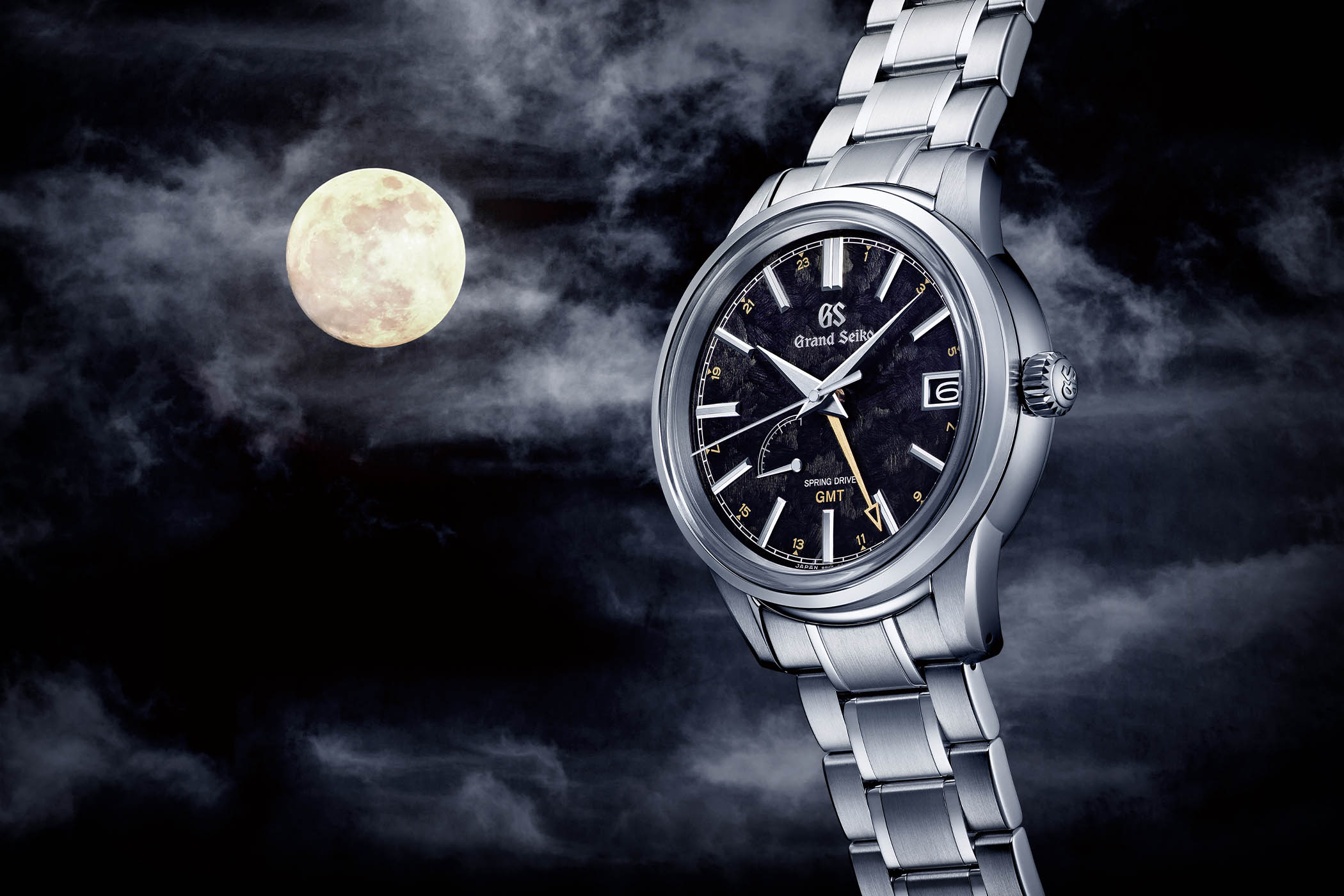
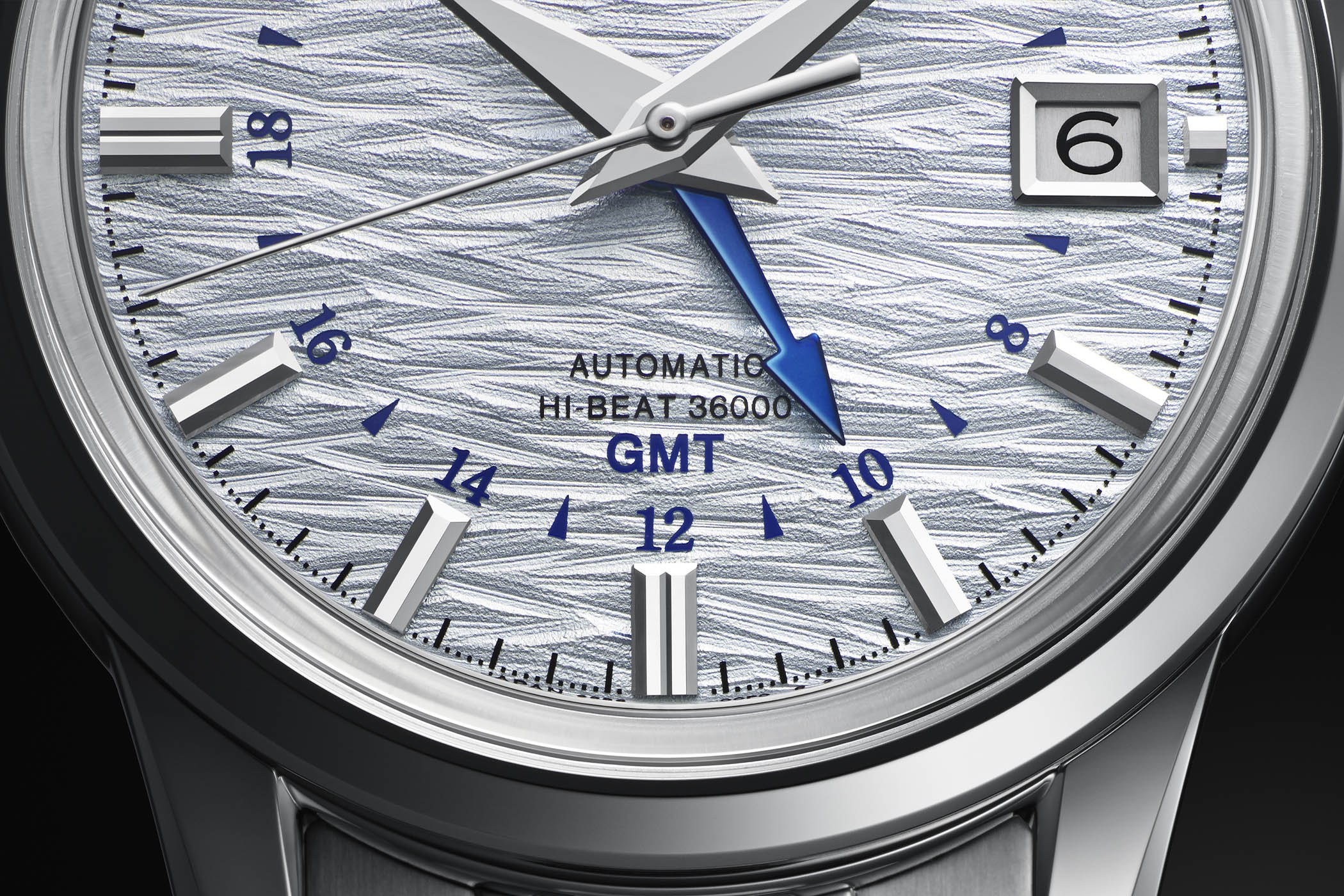
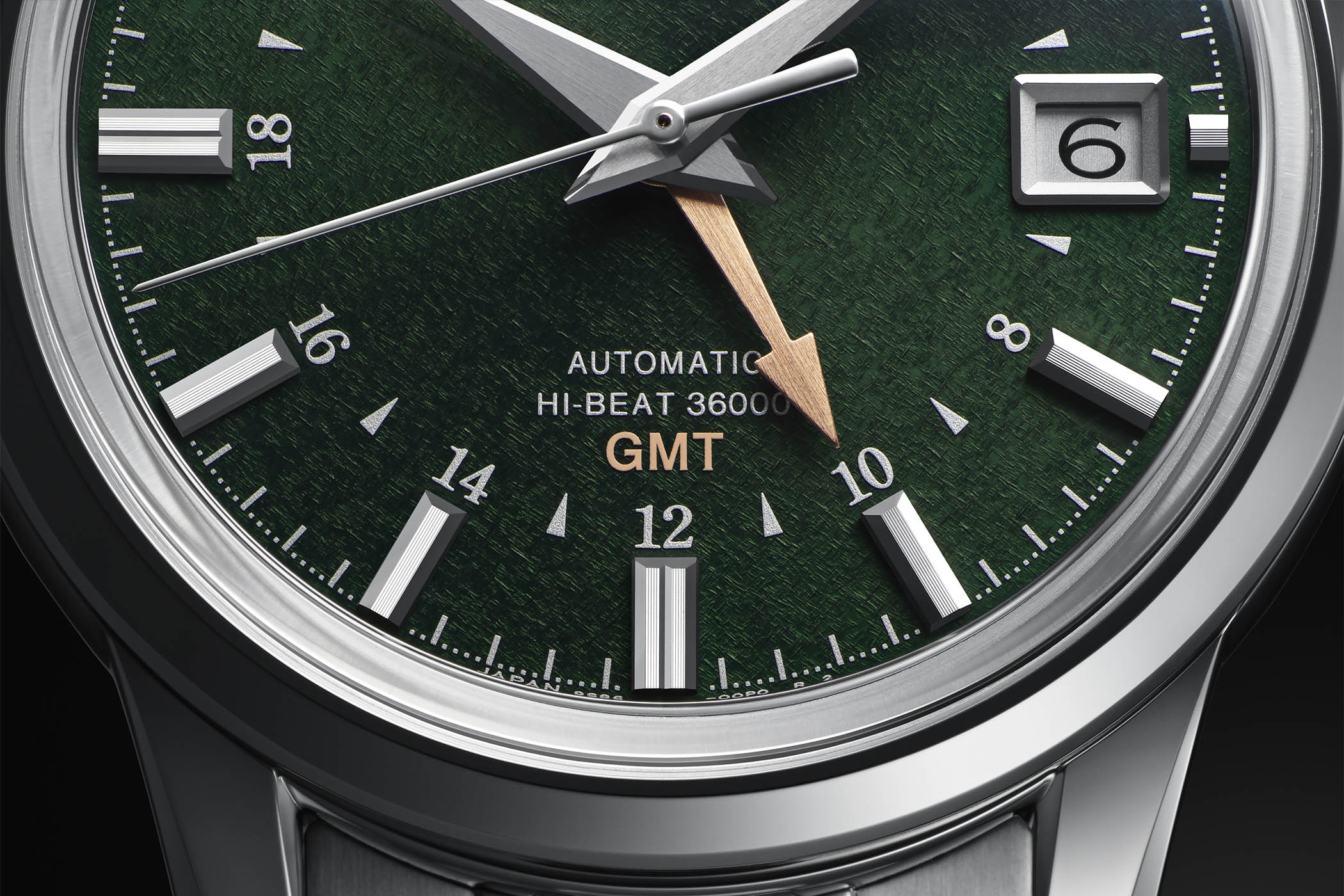

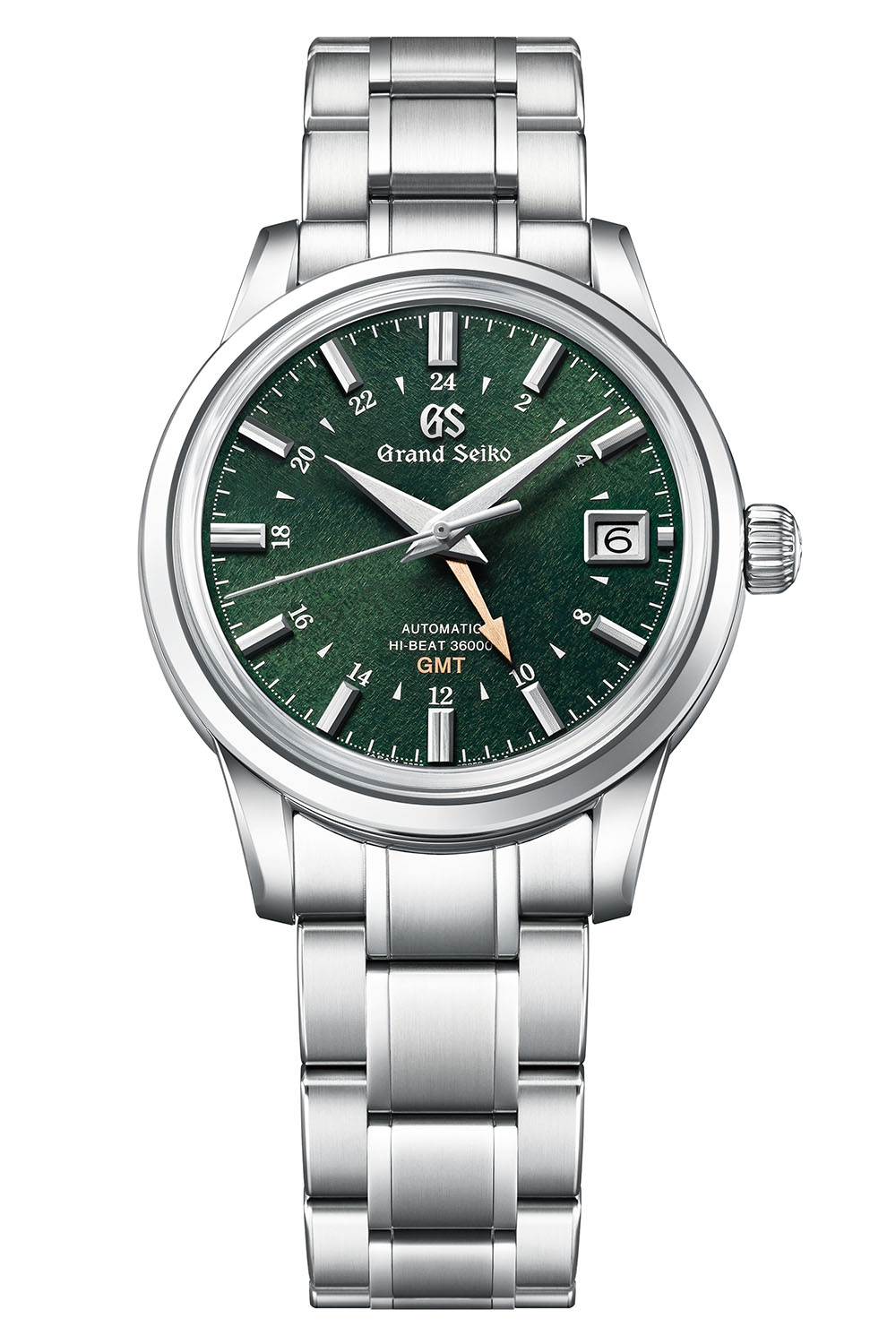

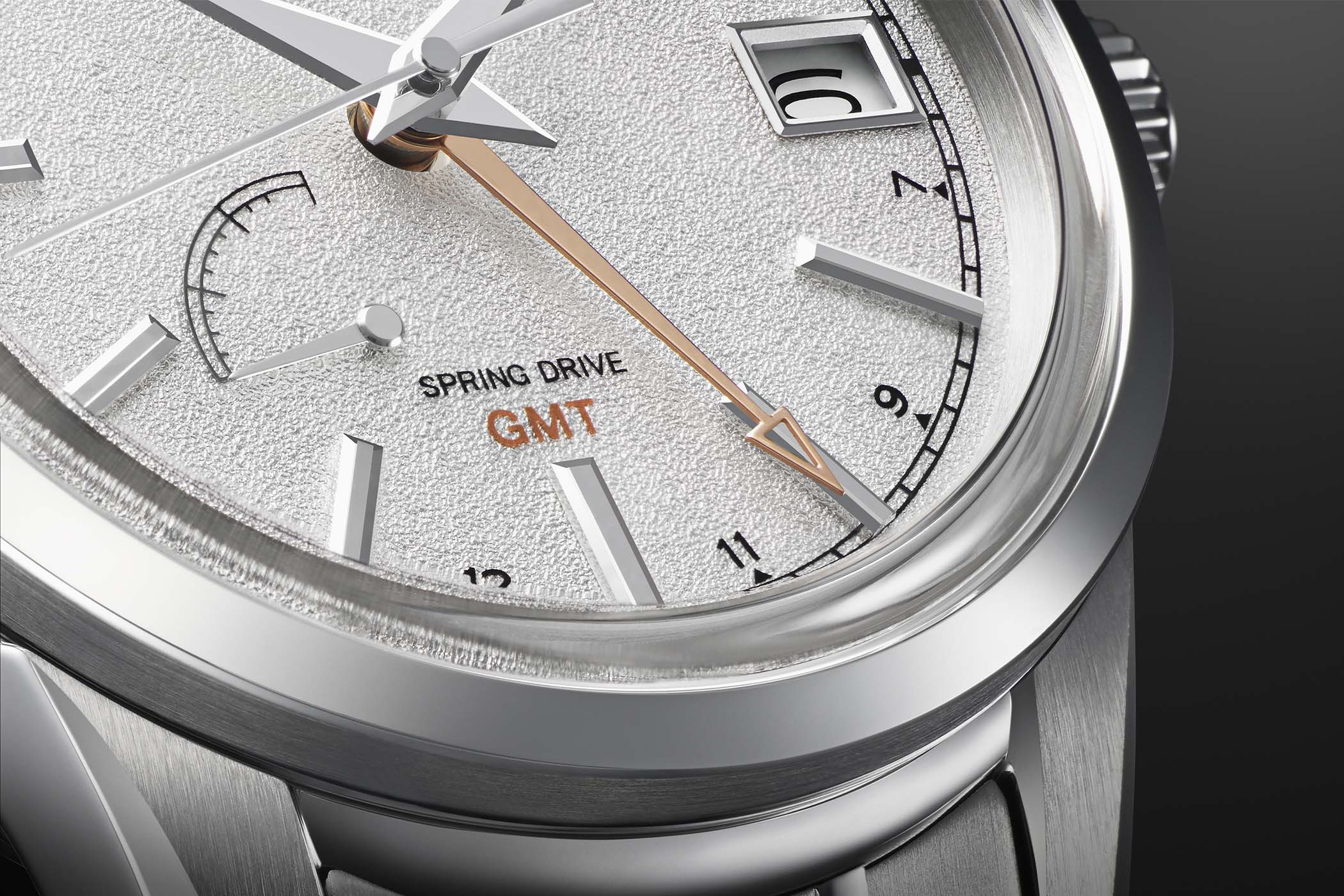
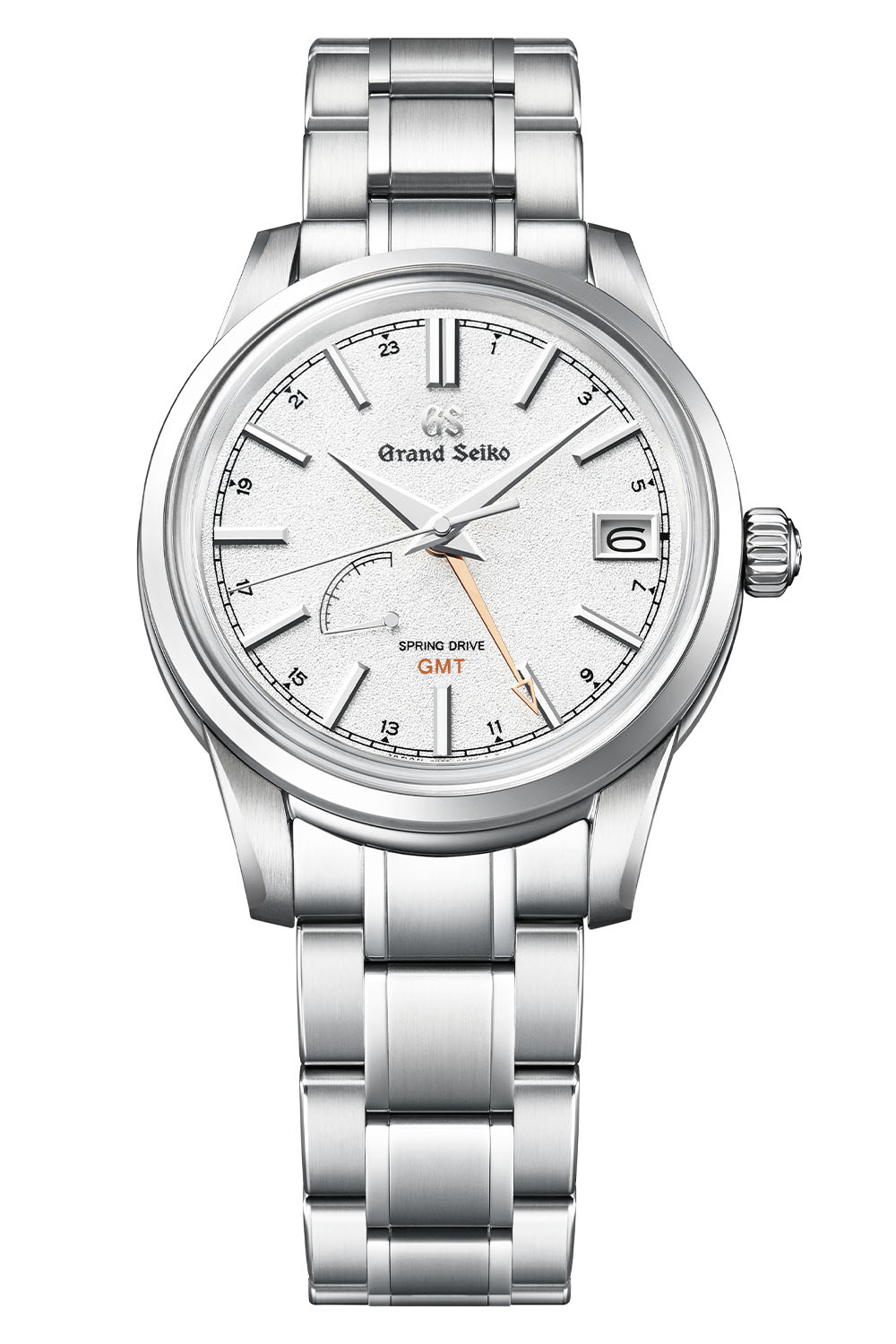
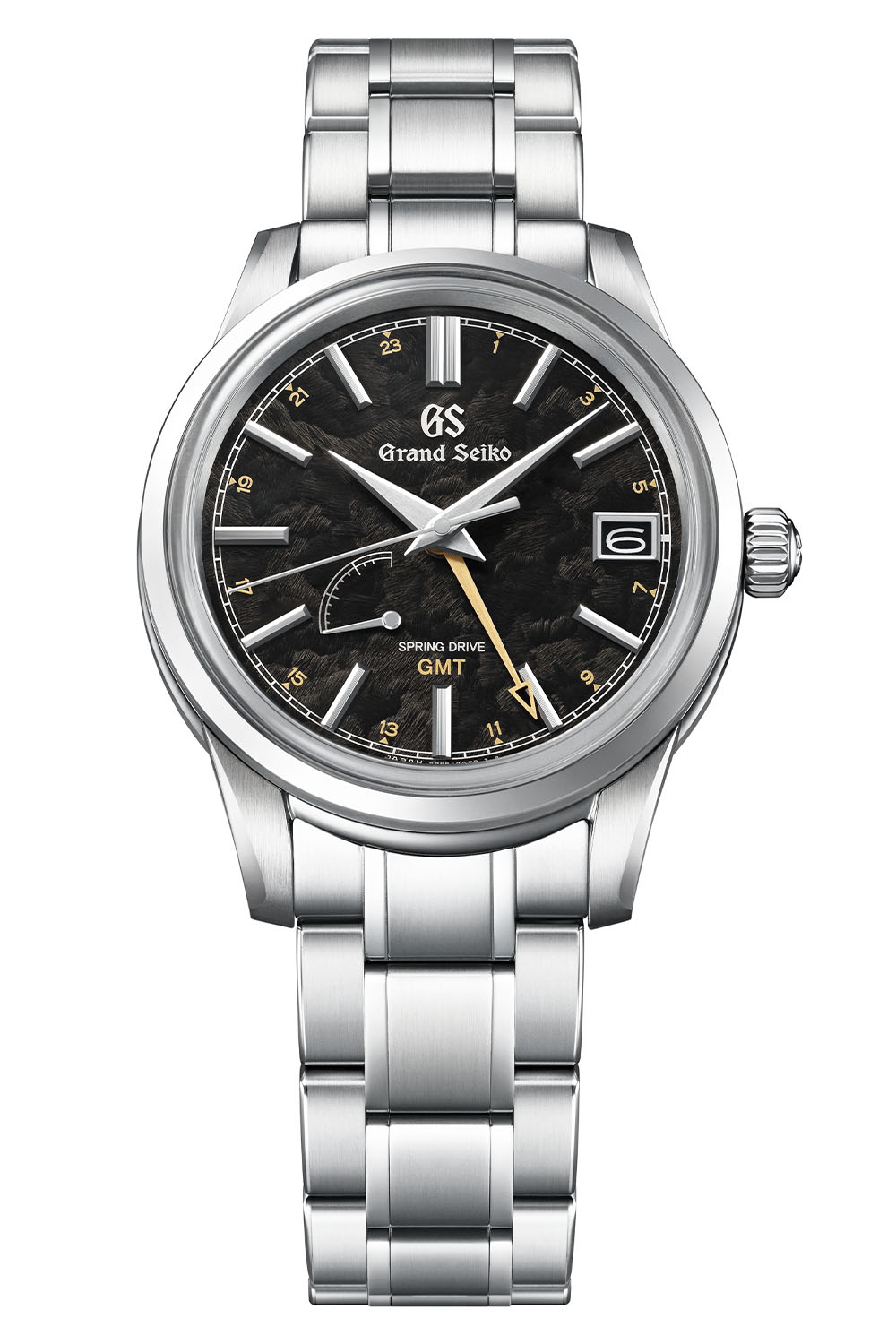



1 response
They’re not really my style (put them on a leather strap and I might change my mind), but with regards to the Spring Drive models, I just want to say that the power reserve indicator looks so much better when it sits on top of the dial like this, as opposed to them cutting into the dial on older models.
For the automatics, wish GS weren’t so obsessed with putting the “Hi-Beat 36000” on their dials. Aside from the clutter, using “Hi” for “High” always annoys me. They could’ve just had “Automatic / 5Hz” in one line.